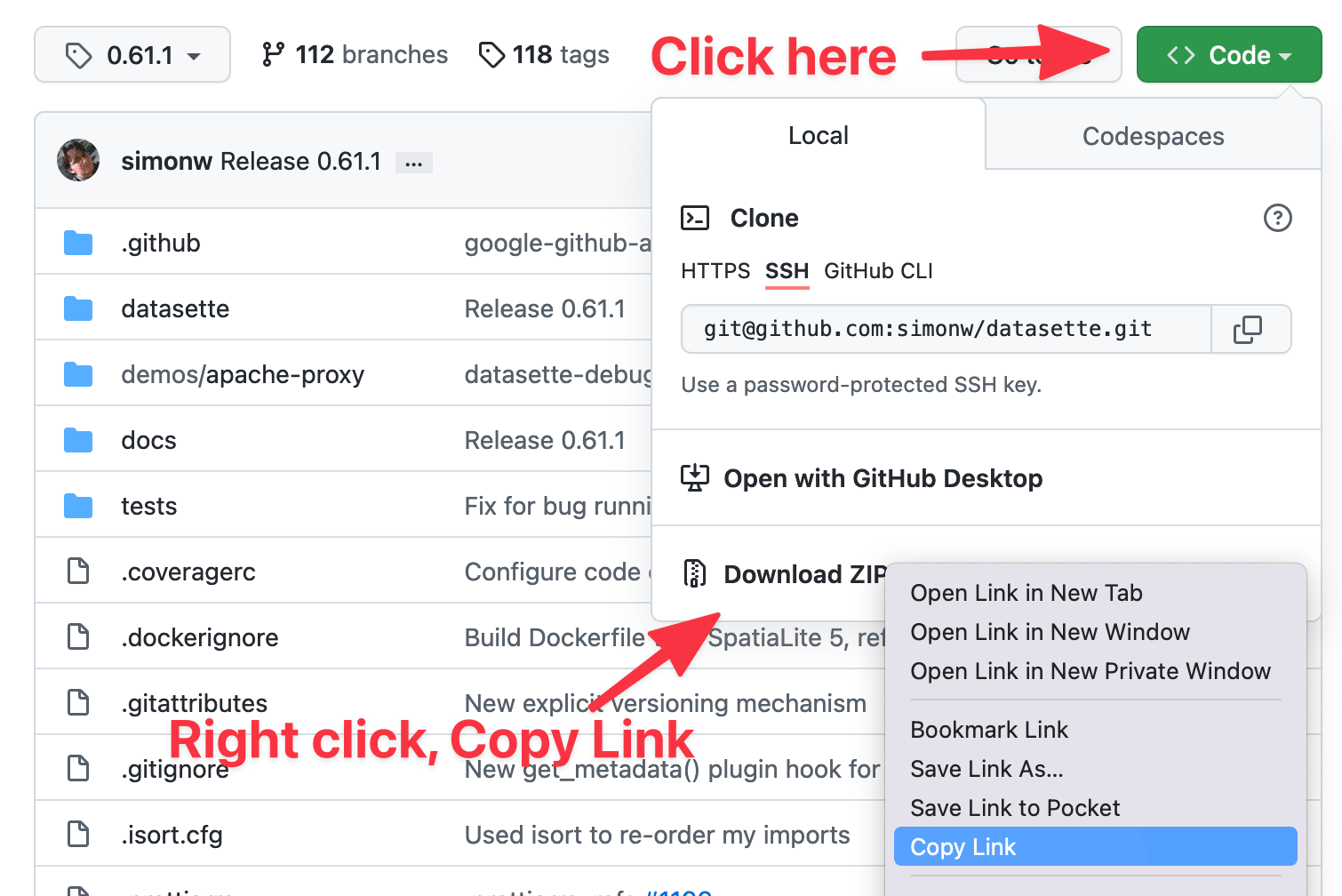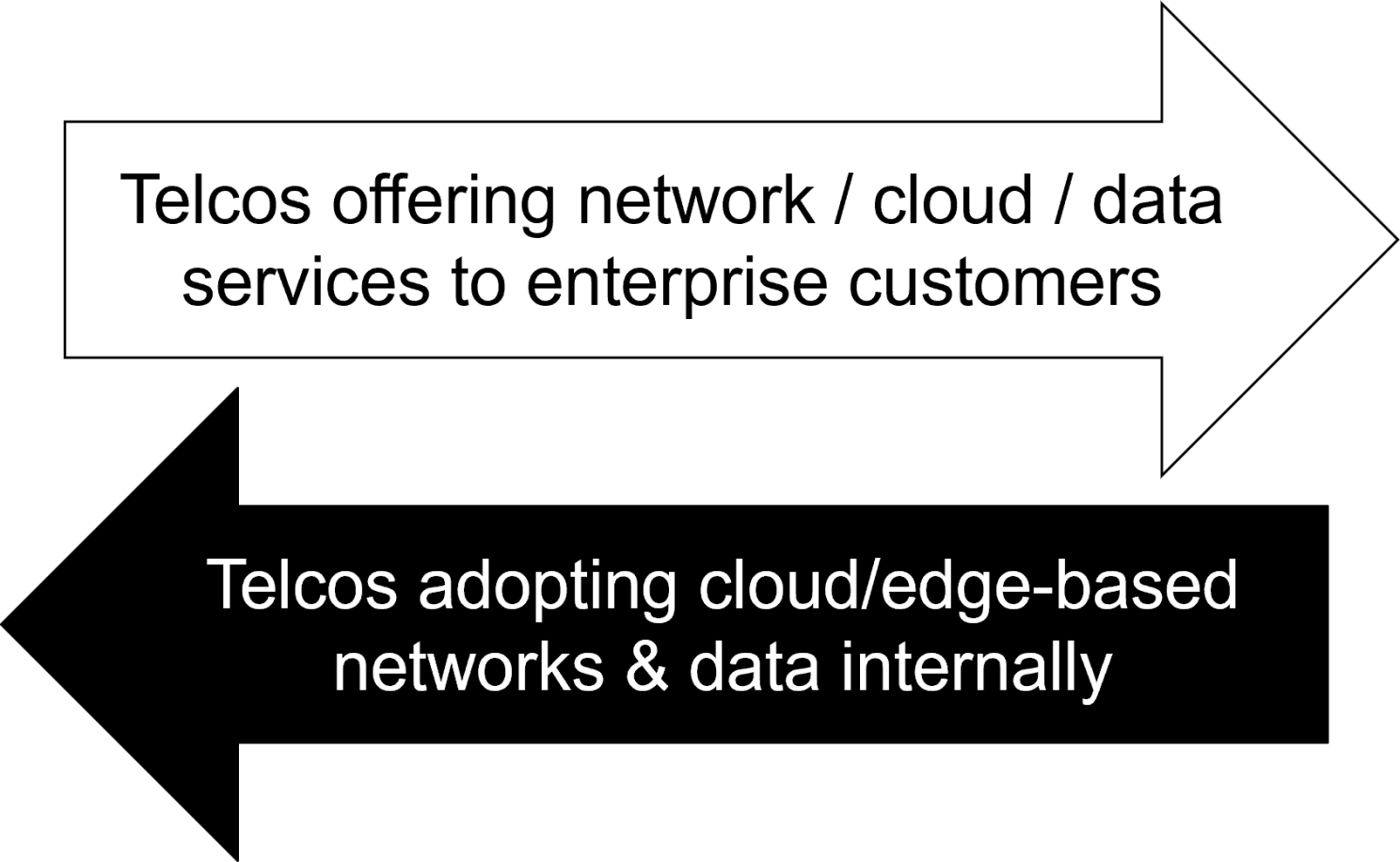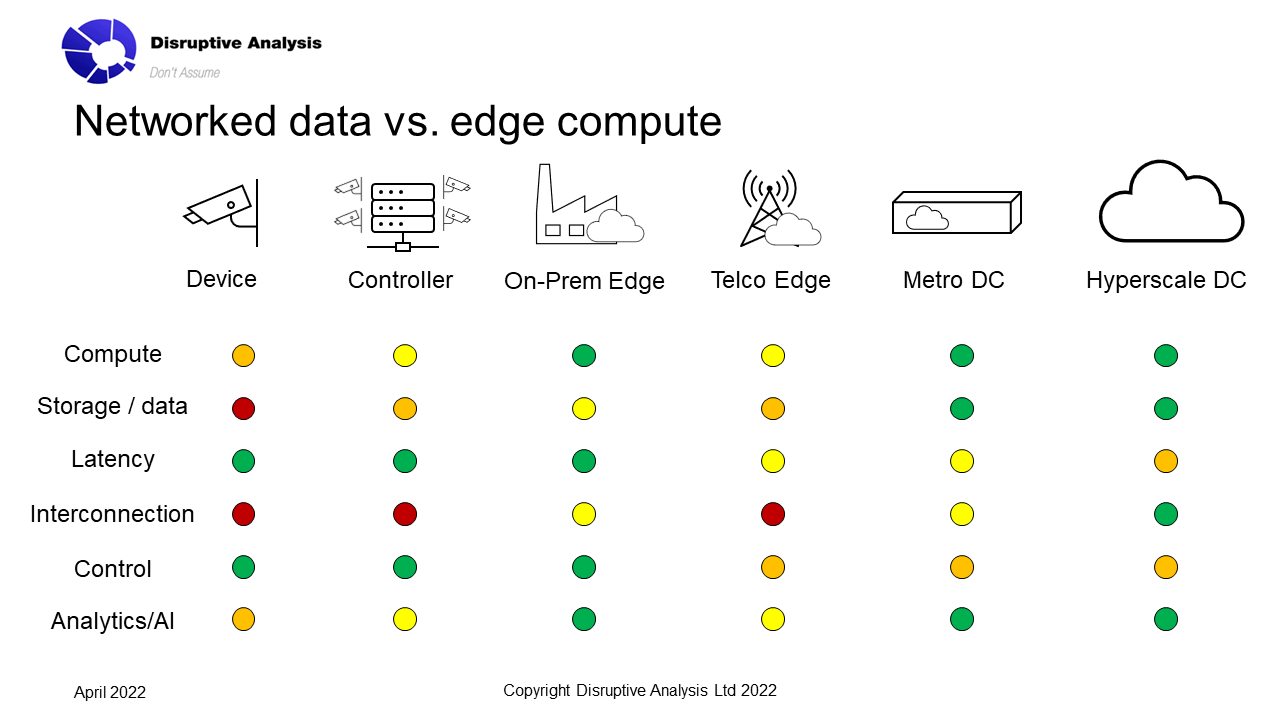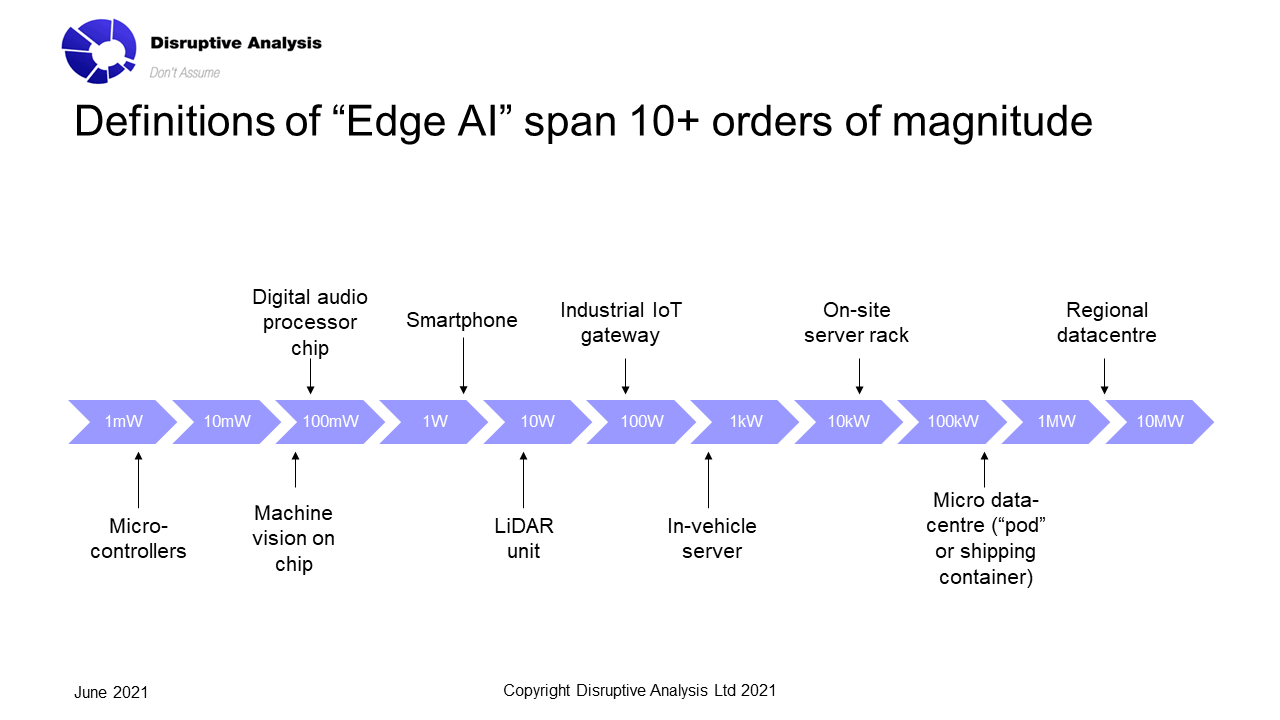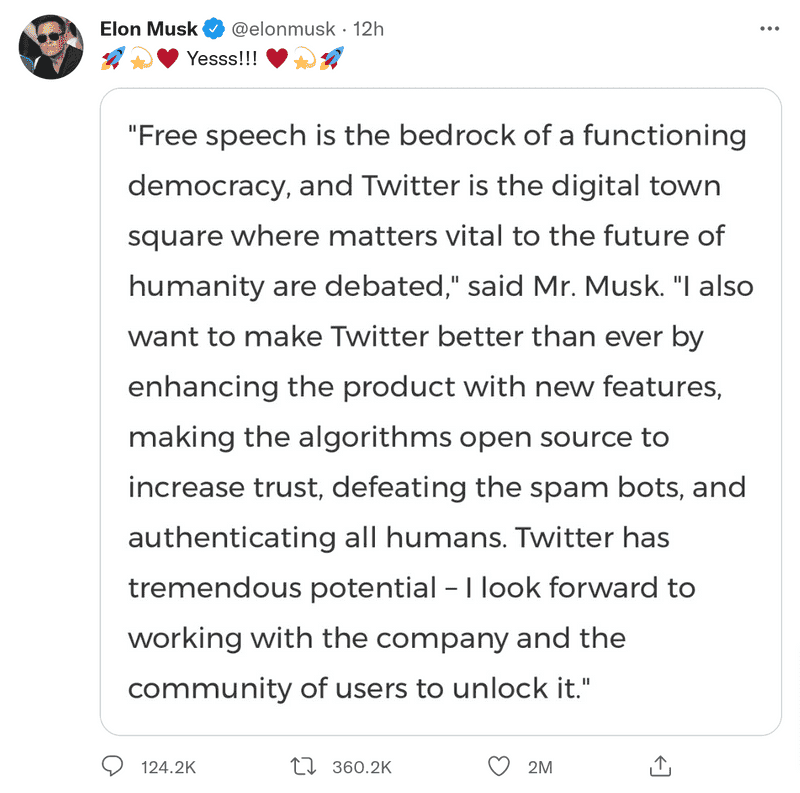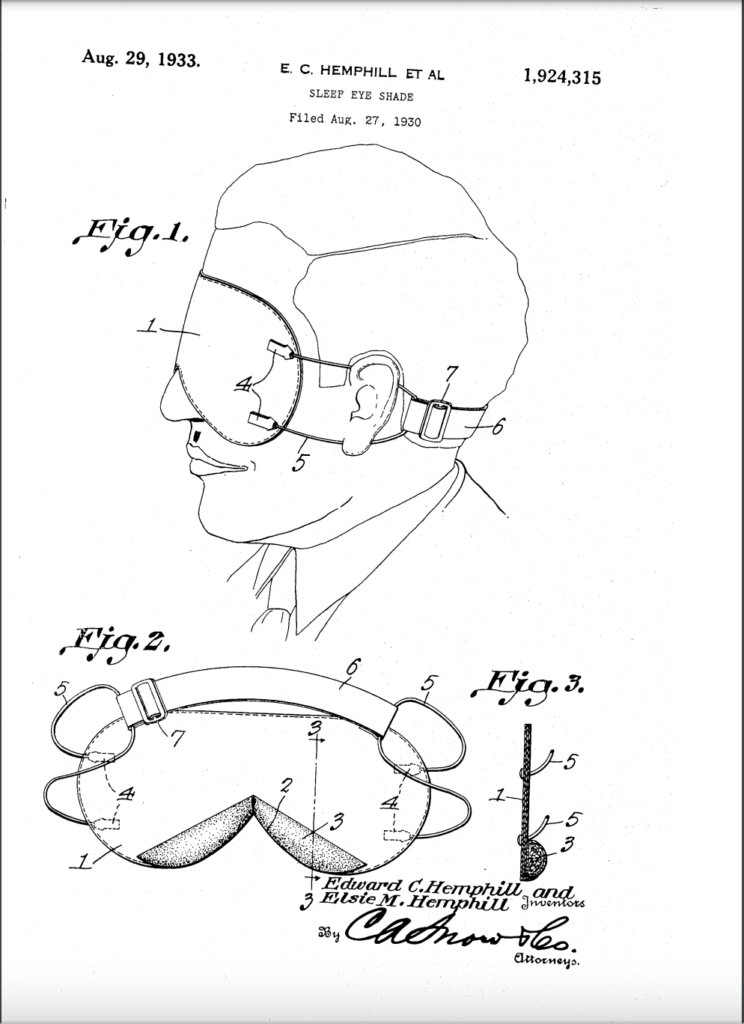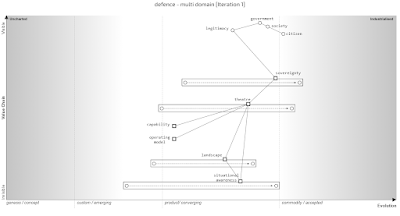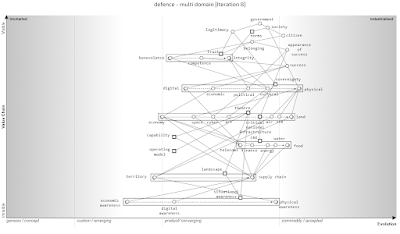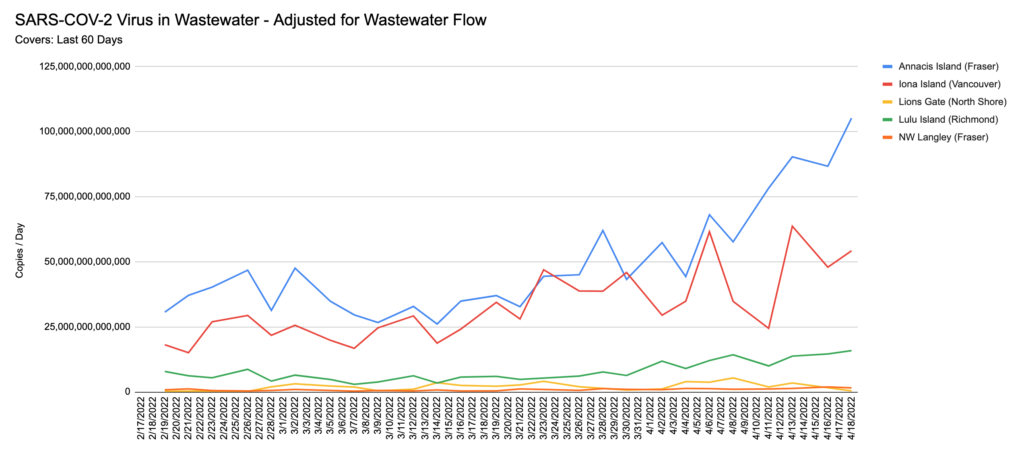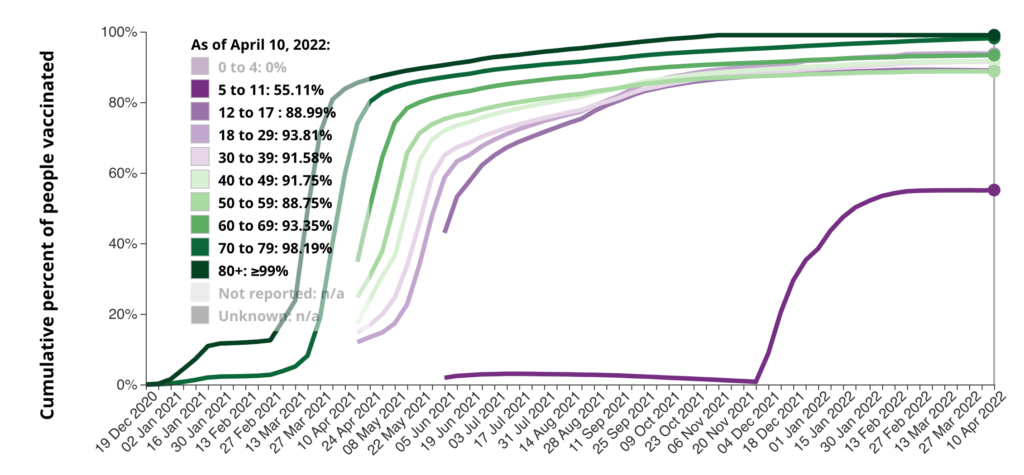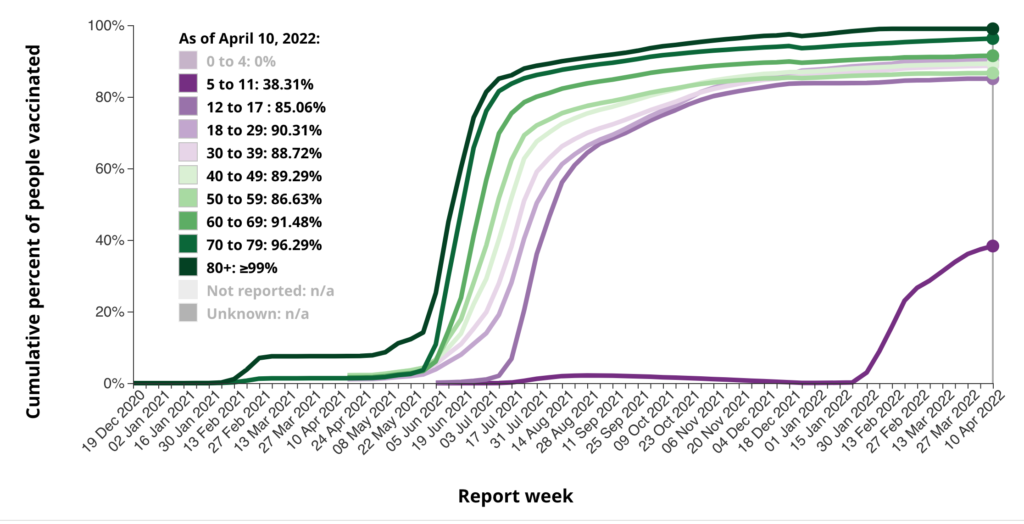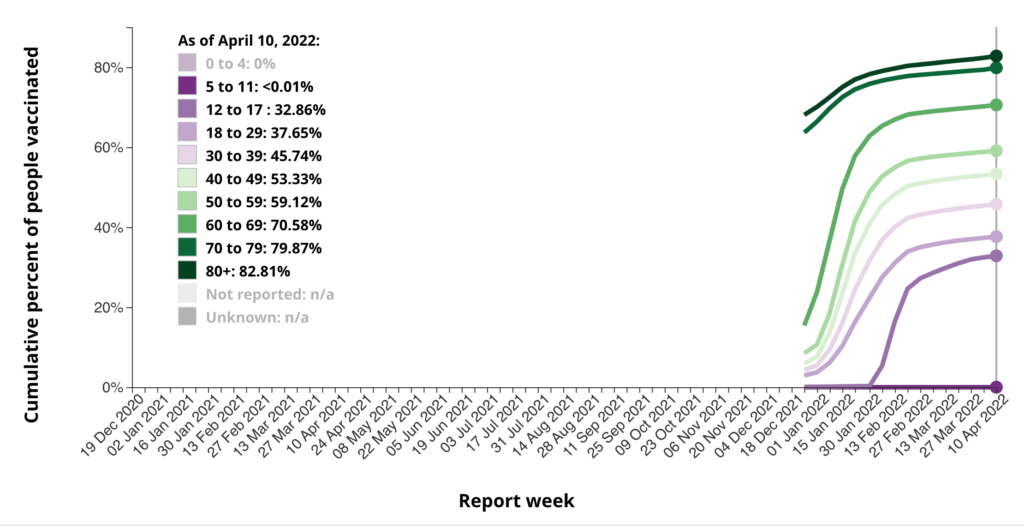I don’t have time this week for my normal long post, but in any case
last Friday's largely continues to cover the current political situation, dominated as it is by Boris Johnson’s lawbreaking, lying, and refusal to resign over them. It is a scandal described by the eminent, and generally measured, political historian
Professor Lord Hennessy as “the most severe constitutional crisis involving a Prime Minister” that he can remember, with Johnson “the great debaser in modern times of decency in public and political life”. Yet neither the Tory MPs and party members who made him their leader, nor the voters who elected him, can say that they were not told what he would be like.
It is, as ever, worth recalling that Johnson and Brexit are as inseparable as a dog and its vomit. Yet even if the Prime Minister ends up being toppled by Partygate that will only remove the dog from the metaphor. That aside, this week’s Brexit news has been a case of fresh reports of the ongoing
slow puncture effect so long warned of. Yet
another firm departing Britain for the EU, this one the largest employer in leave-voting Newark, with the loss of 110 jobs. The realisation that EU regional development funds won’t be fully replaced,
this time in leave-voting Wales. The realisation, reported in the leave-supporting
Telegraph, of
the high cost of post-Brexit pet passports (£). A Kent MP
bemoaning the weeks of traffic chaos in her county, as if it had nothing to do with the Brexit trade agreement she voted for.
Warnings become factsIt’s a gradual accumulation of harms, each contributing a little more to the ‘rot’
discussed in my previous post (the rot motif also featured prominently in the media last weekend [e.g.
here and
here], suggesting I’m not alone in detecting the stench). As that accumulation proceeds we are seeing the warnings of Project Fear turn remorselessly into established fact.
One story this week provides a particular illustration of that process. It concerns the number of British firms setting up distribution hubs in the Netherlands, especially,
in order to service the EU market (£). This enables them to avoid delays and other costs, such as multiple VAT registrations, but of course also impacts negatively on employment located and taxes paid within Britain. The reason this story is interesting is not because it is news, so much as because it isn’t. That’s to say, as the report makes clear, this shift has been under way since 2017 and was in part a consequence of all of the uncertainty about what the future trading relationship would be, as well as, later, a response to what it actually turned out to be.
The point is that it’s only now that it’s possible to see the scale of what has happened. In 2017 and subsequently commentators,
including me in my own small way, were talking of how there would be such business decisions going on, unreported and unknown outside of the companies themselves, which would, indeed, be slowly damaging the UK economy. But that could be dismissed as alarmism or speculation in the absence of publicly available information, though even without such information it was obvious to anyone with a cursory understanding that it must be happening. Now we can see that it was the case.
Control of our borders: trouble aheadVersions of this are going to go on happening for years as more and more of the effects of Brexit come to light though, just as the warnings were dismissed as speculation, when they come true it will be dismissed as ancient history. This is likely to be true of the heavily-trailed decision,
reported with growing certainty this week, to yet again postpone the introduction of UK import controls, which now seems to be imminent.
Whilst being, preposterously, talked of by Jacob Rees-Mogg as if it is a benefit of Brexit to be able to ‘decide our own control system’, the reality is that the government has been forced to realise that the country simply cannot afford the consequences of the form of Brexit it chose, negotiated and celebrated. So, at least on those aspects of its implementation that the government controls, it seeks to avoid those costs without actually admitting to its errors or acknowledging that the warnings about them were true.
However, as I explained
in a recent post, all this does is to create a new set of costs and risks, including those of a human or animal health scandal. As with the distribution hubs issue, at the moment that can be dismissed as speculation and scaremongering. If and when it happens it will be too late. So whilst ‘we told you so’ is one of the least appetising of personal or political reactions, it is one the Brexiters have forced upon those of us who warned, over and over again, what the consequences of all their decisions would be. What else are we supposed to say? What else
can we say? It’s not – for me at least – said with any relish, just with resignation.
Control of our borders: contradictory promisesIn a somewhat similar way, the news that there has been a
huge rise in post-Brexit immigration from non-EU countries (£) is hardly likely to be welcome to at least one significant swathe of leave voters. Certainly, despite
the Express’s headlining of the story as being one of ‘Brexit Britain showing its power’, its readers’ comments evince little enthusiasm for this development. But those paying attention during the referendum campaign would have noticed that voters were being given contradictory messages, which couldn’t all be true.
The loudest one, no doubt, was that Brexit would reduce or even end immigration. In a
notorious vox pop, one voter said he voted leave “to stop Muslims coming into the country”. But ethnic minorities from non-EU countries
were being promised easier rules for their relatives and ‘globalist’ Brexiters were saying, if not very loudly
until the day after the referendum, that, overall, Brexit might very well mean higher net migration.
Personally, I think the news on immigration is welcome and necessary, in and of itself. However, it is crucial to recognize that ‘migration’ and ‘freedom of movement of people’
are very different things, with the latter, which has been lost, very much preferable. It is preferable economically, because it makes it easier and far less bureaucratic to employ workers from overseas. It is preferable socially, in enabling an easy, flexible and genuine intermingling of families and cultures compared with a system based of time-limited work visas and points. And, much forgotten in the whole discussion, freedom of movement was a right that British people also had and have now lost, and with no compensatory easing of their ability to move to non-EU countries.
So, once again, as the realities of Brexit gradually emerge, so too does it emerge that pretty much no-one – leave or remain voters alike – is getting what they wanted or were promised. Whose fault is that? Not really those who voted to leave, and obviously not those who voted to remain. Certainly not those who warned as strenuously as possible of what would happen if we left. That only leaves those who made the false promises, those who insisted that Brexit must be done in the form it has been, and those who negotiated that Brexit. There are plenty of names on that list, but Johnson’s is at the top.
Still lying, still not learningThat is why the present debate, although it is about his refusal to take responsibility for breaking Covid rules and his lies about having done so, stands as a proxy for a much bigger one. When will he and his many adjutants take responsibility for their lies about Brexit? If ever they do, there will be no need and little force in saying ‘we told you so’. Brexit might instead become a shared problem to be solved, a national error to be mitigated and, even, corrected. Until they do, Brexit remains their responsibility, their mess, their guilt, their shame, and their legacy.
Certainly that is the situation now, as they continue to double down on the dishonesty. This week, Rees-Mogg,
in his trademark tones of contemptuous yet ill-informed arrogance, again suggested that the government is planning to break the terms of the Northern Ireland Protocol, something seemingly confirmed
by subsequent reports (£). Whilst noting the widespread comment that the government had been told that signing up to it meant being bound by it – in other words, that ‘we told you so’ – he shrugged this off as “absolute nonsense”.
Instead, he advanced the bogus rationale that the government had only signed it in the expectation that it “would” be changed. That would be an absurd enough thing to say of an international treaty in itself, but in the very same breath Rees-Mogg spoke, correctly, of the fact that the Protocol has provisions such that it “could” be changed. There’s obviously all the difference in the world between ‘would be’ and ‘could be’, and what makes his dishonesty, like Johnson’s, all the more grotesque is that it is so brazen.
Equally grotesque is the refusal to learn from past mistakes. In this case, these include the profound
damage to the UK’s reputation done by the previous
flagrant threat to illegally renege on the Protocol in the Internal Market Bill in 2019, and by the probably illegal
unilateral extension of the Protocol grace periods in 2021. The Brexiters were warned of the damage, pressed ahead anyway, and the damage was done. To continue on the same path now is all the more irresponsible given that the Ukraine War makes international solidarity and co-operation so crucial.
All that can be done is warn them, yet again, of their impending folly. Sir Jonathan Jones, who was Head of the Government Legal Service until
he resigned over the illegal clauses of the Internal Market Bill,
has done just that over Rees-Mogg’s latest threat (£). Will such warnings make a difference? Very likely not. In which case, once the next bit of damage is done, there will be nothing else to say except, once again, ‘we told you so’.
Brexiters hold the keyIt’s true that ‘we told you so’ gets us nowhere but, until the Brexiters – by which I mean, as always, the leading advocates rather than ordinary leave voters - admit that ‘you told us so’, it’s all that can be said. If they ever make such an admission then, as with individual leave voters who regret their choice, there can and must be generosity of spirit. Then, there can be soothing words about how Brexiters were well-intentioned, and meant for the best. But until then there’s no point being mealy-mouthed: the lies of Brexiters have been totally discredited.
As a country, we can’t and won’t ‘move on’ until there’s been an honest reckoning of where we are and how we got here. Only Brexiters can get us to that point, and if an admission of their failure is too much to realistically expect then at least a withdrawal into silence and out of public life might suffice. But, as with Johnson, there is no sign whatsoever of them doing so, perhaps because, as with Johnson, they are bereft of both honour and shame.
